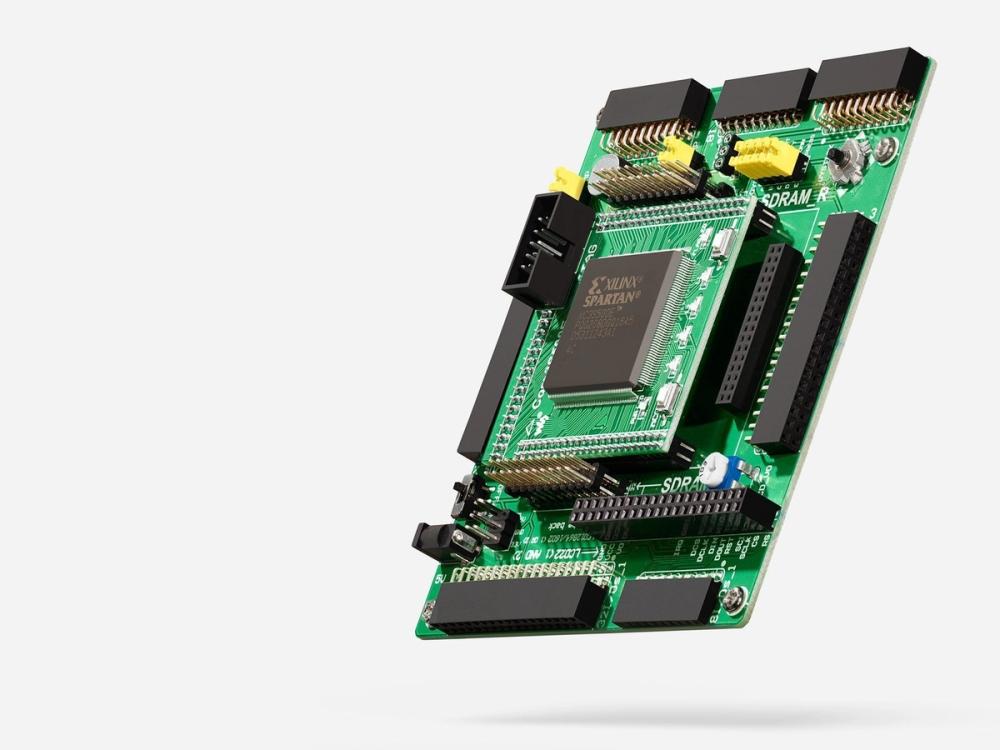

Founders:
James Barnett
Ross Freeman
Bernie Voderschmitt
Enabling customizable hardware with programmable logic
In 1984, Ross Freeman, Bernie Vonderschmitt and James Barnett had the radical idea to build logic devices that users could program themselves and customize for a specific use after they had been manufactured. The three had worked together at Zilog, one of the larger manufacturers of microprocessors at the time. What they saw was an industry happy to manufacture programmed read-only memory (PROM) devices in spite of the limitation that they were hardwired and unchangeable once made. In fairness, there had been little incentive to change. Semiconductor companies were profitable from producing mask-programmable generic circuits. Indeed, the counterargument was that designing multiple circuits for different functions would complicate manufacturing and lower operating margins.
But it was the limitation in the PROM that led Ross to see the opportunity for a new technology—field programmable gate array (FPGA) logic devices—that could be configured by a user after manufacture. After Xilinx shipped its first product in 1985, the company took off like a rocket. The flexibility was just what customers wanted. While FPGAs first took root in telecommunications and networking, they were rapidly deployed in the automotive, consumer and industrial sectors.
Ross, James and Bernie had unsuccessfully pitched Zilog on the FPGA. In 1984, they met with John Doerr who immediately recognized the potential in FPGA, given his prior experience at Intel. We agreed to invest $862,000. John asked Floyd Kvamme, who had just joined Kleiner Perkins, to sit on Xilinx’s board. Floyd was a respected semiconductor veteran who had been on the founding team of National Semiconductor and, prior to joining Kleiner Perkins, had been executive vice president of sales and marketing for Apple. Floyd had the perfect background to help this young company get off the ground.
Bernie, now CEO of Xilinx, at 62 was the oldest founder we had ever backed, but he was an exceptional businessman full of energy and with a keen intellect. Ross and James brought technical genius to Xilinx, but the company needed to build out a leadership team quickly. Floyd helped recruit Scott Brown from National Semiconductor as VP of Sales. Floyd also played an important role as an executive coach, helping the company navigate the ups and downs of being in business. (This even included being a keynote speaker at the company’s first annual sales meeting.) There were many more ups than downs—and in 1990, the company went public, raising $100 million. If one measure of success is durability, then Xilinx is a home run. Nearly four decades after its founding, the company is alive and well, representing just over half of the programmable logic market.